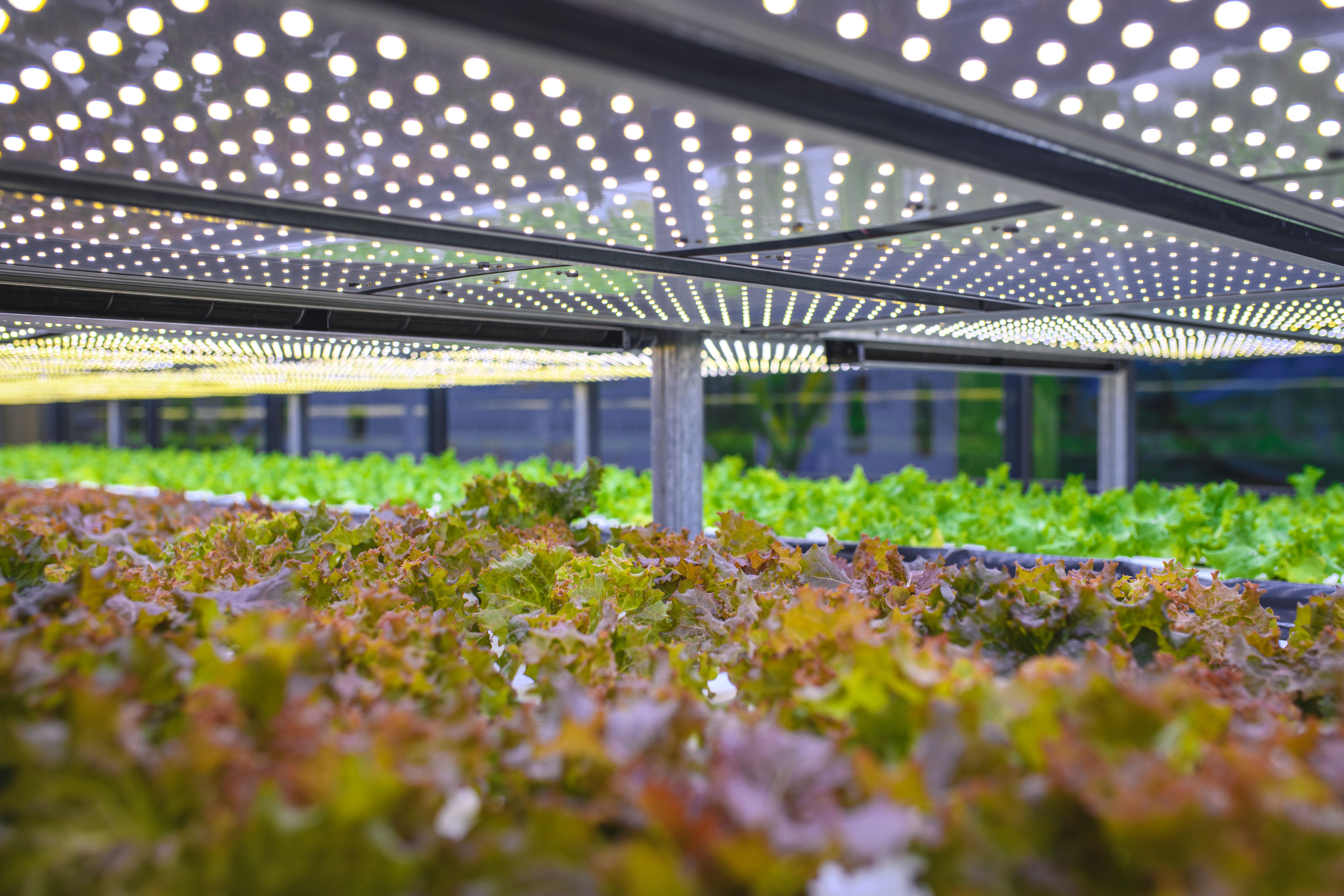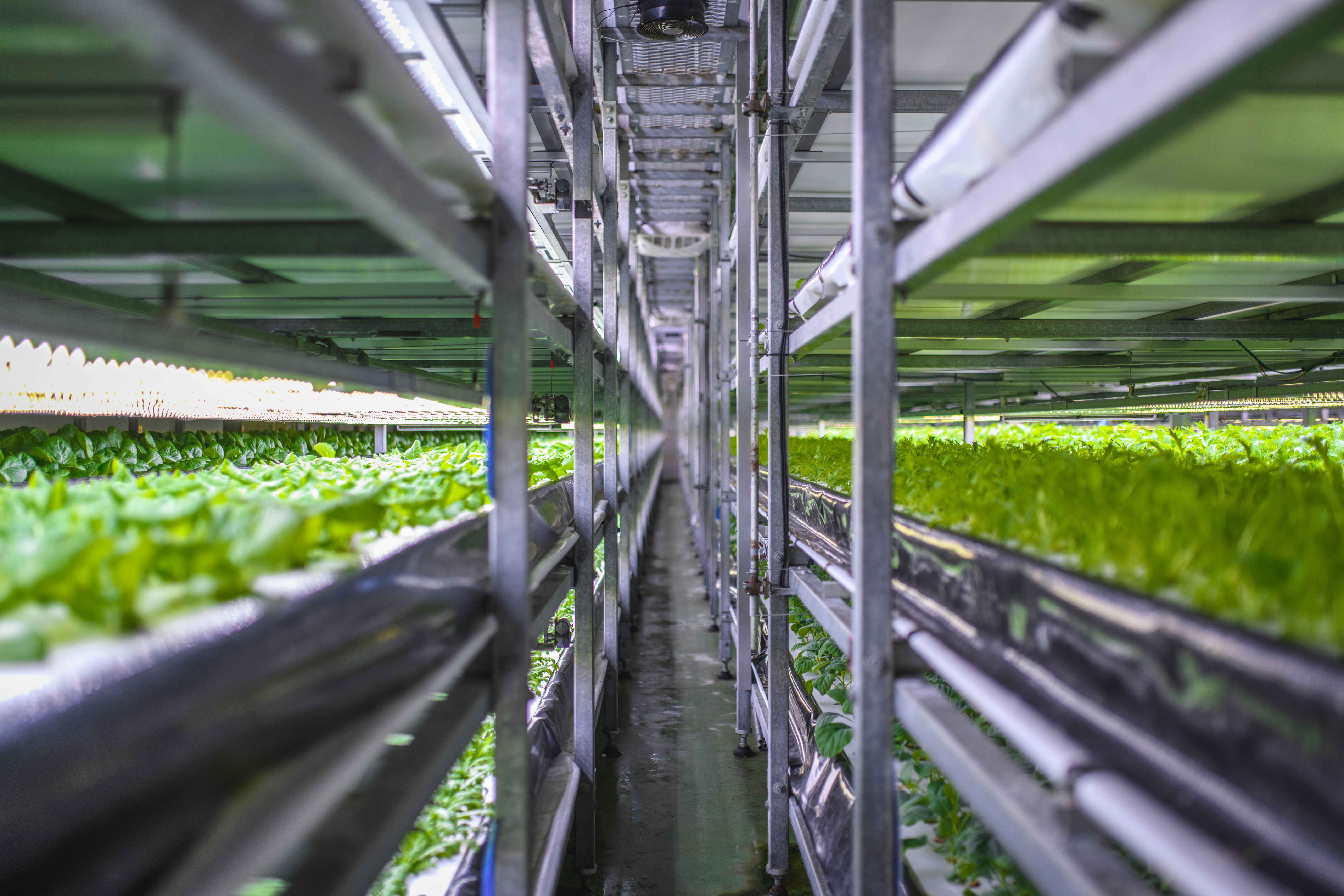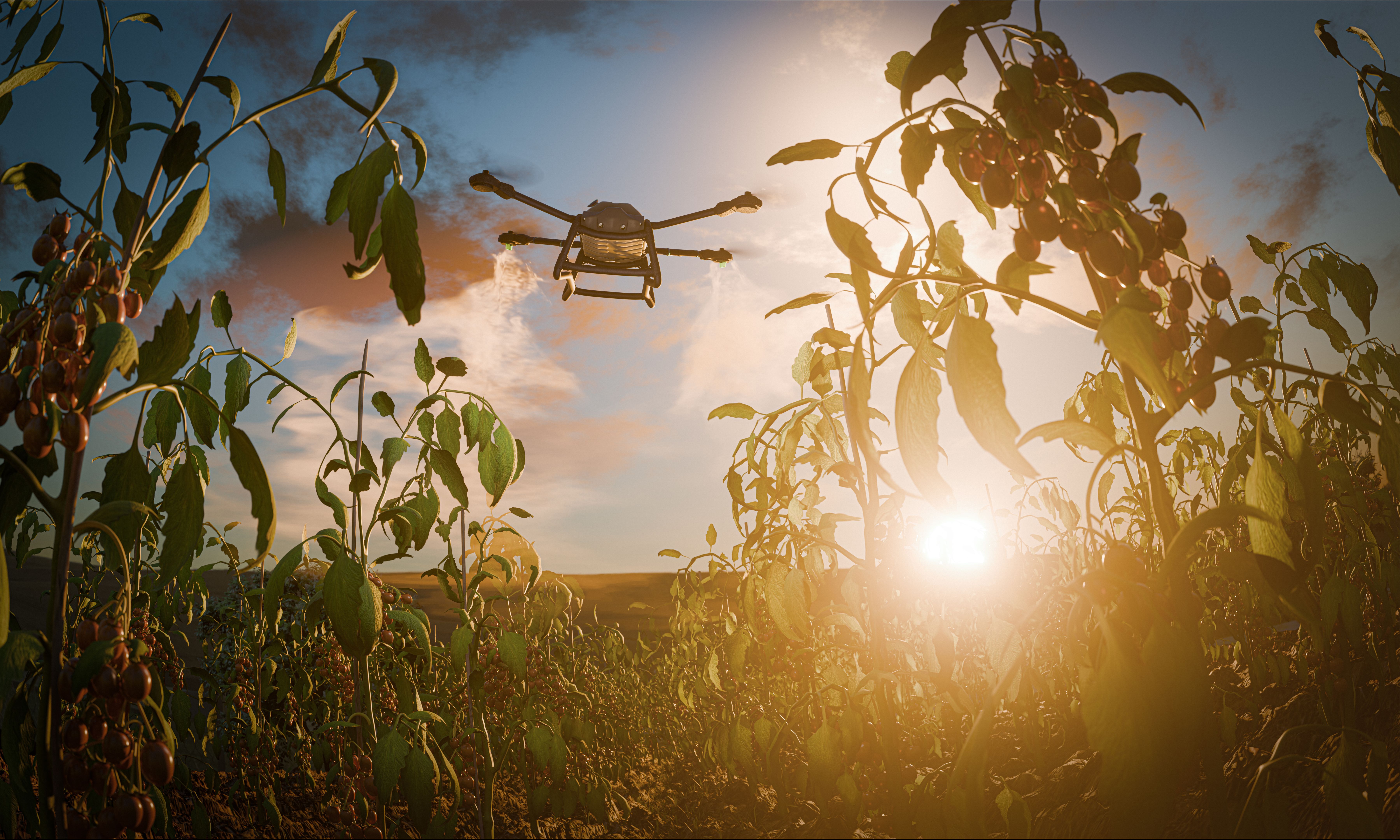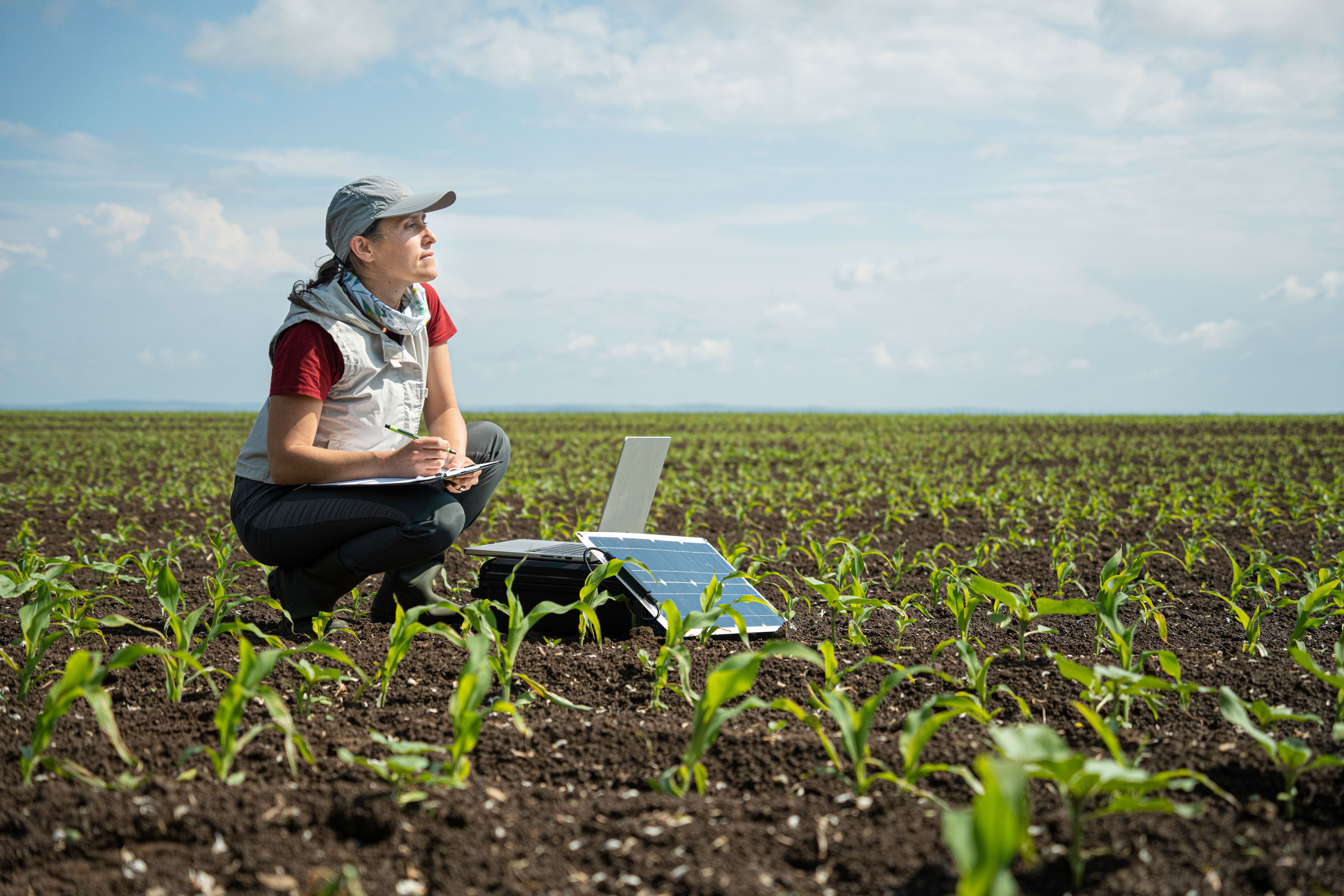2024's Top Sustainable Farming Innovations
Introduction to Sustainable Farming Innovations
As the global population continues to rise and climate change poses significant challenges, sustainable farming innovations have become crucial in 2024. These advancements aim to increase agricultural productivity while minimizing environmental impact. In this blog post, we explore some of the most promising sustainable farming innovations of the year.

Vertical Farming
One of the most exciting developments in sustainable agriculture is vertical farming. This method involves growing crops in stacked layers, often in controlled indoor environments. Vertical farms use significantly less water and land compared to traditional farming methods. Additionally, they can be established in urban areas, reducing the need for transportation and associated emissions.
Vertical farming also allows for year-round crop production, optimizing space and resources to produce more food with a smaller ecological footprint. As technology advances, vertical farms are becoming more efficient and cost-effective, making them a viable solution for feeding urban populations sustainably.

Precision Agriculture
Precision agriculture is revolutionizing farming practices by utilizing technology to monitor and manage crop growth with unprecedented accuracy. This innovation employs data from satellite imagery, drones, and IoT devices to optimize resource usage, such as water and fertilizers, resulting in higher yields with fewer inputs.
Farmers can make informed decisions about planting, watering, and harvesting by analyzing real-time data. This leads to reduced waste and increased efficiency, benefiting both the environment and farmers' bottom lines. As precision agriculture continues to evolve, it promises to play a significant role in sustainable food production.

Agroforestry
Agroforestry integrates trees and shrubs into traditional agricultural systems, creating a diverse and resilient ecosystem. This approach offers numerous benefits, including improved soil health, increased biodiversity, and enhanced carbon sequestration. By combining agriculture and forestry, farmers can create sustainable landscapes that provide food, fiber, and fuel.
This practice also helps mitigate climate change by capturing carbon dioxide from the atmosphere and storing it in trees and soil. As awareness of agroforestry's benefits grows, more farmers are adopting this sustainable approach to enhance productivity and ecological balance.
Regenerative Agriculture
Regenerative agriculture focuses on restoring soil health and biodiversity through practices that mimic natural ecosystems. Techniques such as cover cropping, reduced tillage, and holistic grazing are employed to improve soil fertility and increase resilience against pests and diseases.
This approach not only enhances the land's productivity but also contributes to climate change mitigation by sequestering carbon in the soil. As regenerative agriculture gains momentum, it is transforming conventional farming into a more sustainable practice that supports both the environment and local communities.

Biopesticides and Biofertilizers
The use of biopesticides and biofertilizers represents a significant shift towards sustainable pest and soil management in agriculture. Biopesticides are derived from natural materials such as plants, bacteria, and minerals, offering a safer alternative to chemical pesticides. They target specific pests without harming beneficial insects or the environment.
Similarly, biofertilizers enhance soil fertility by introducing beneficial microorganisms that promote plant growth. These natural solutions reduce reliance on synthetic chemicals, minimizing environmental impact while supporting sustainable crop production.
Conclusion
2024 is shaping up to be a pivotal year for sustainable farming innovations. From vertical farming to regenerative agriculture, these advancements hold great promise for feeding a growing population while preserving our planet's resources. As we continue to embrace these innovative practices, we move closer to a future where agriculture thrives in harmony with nature.